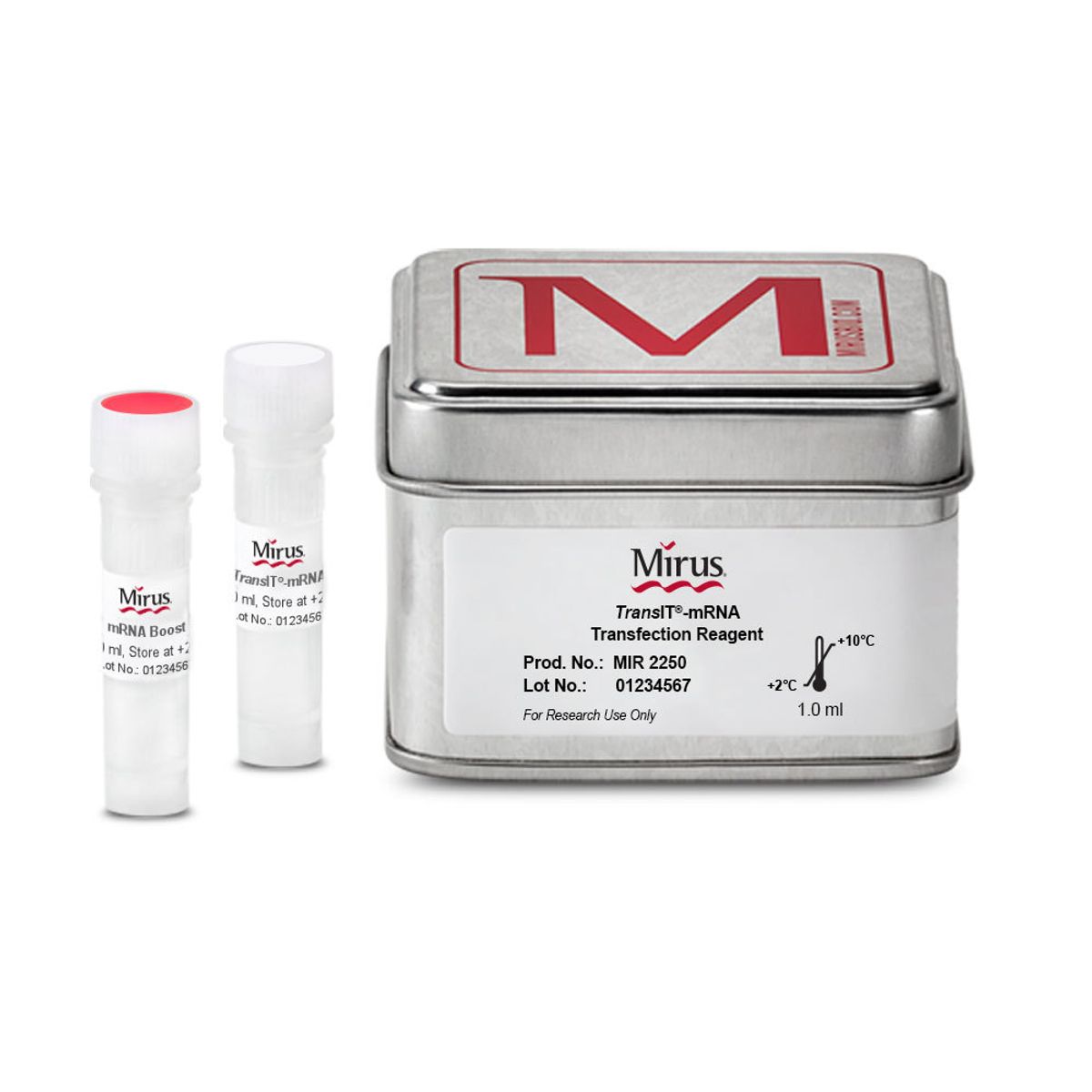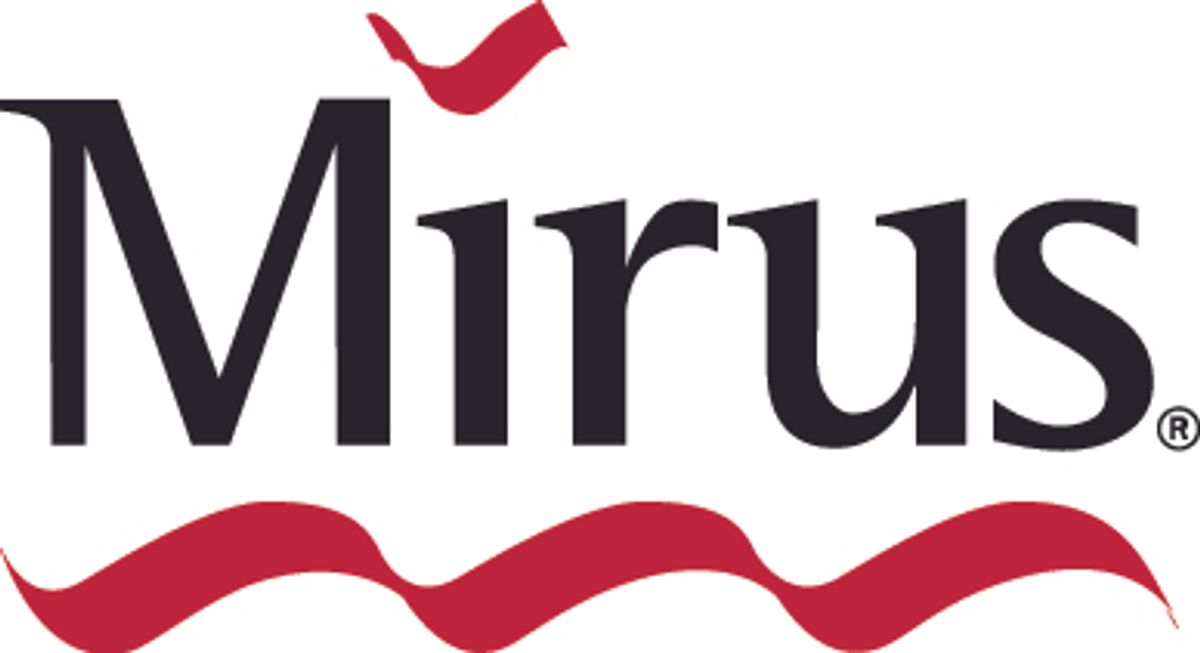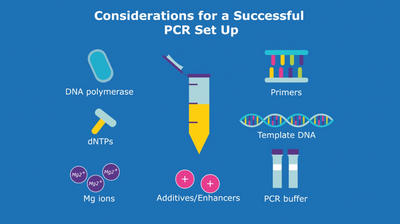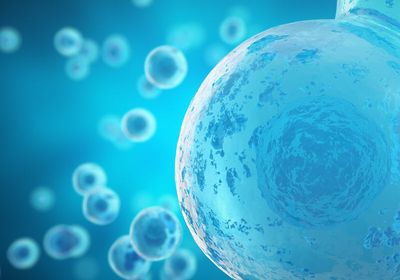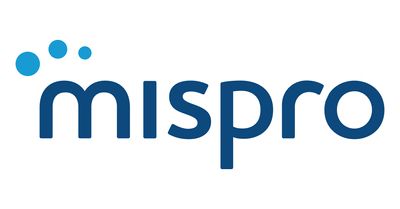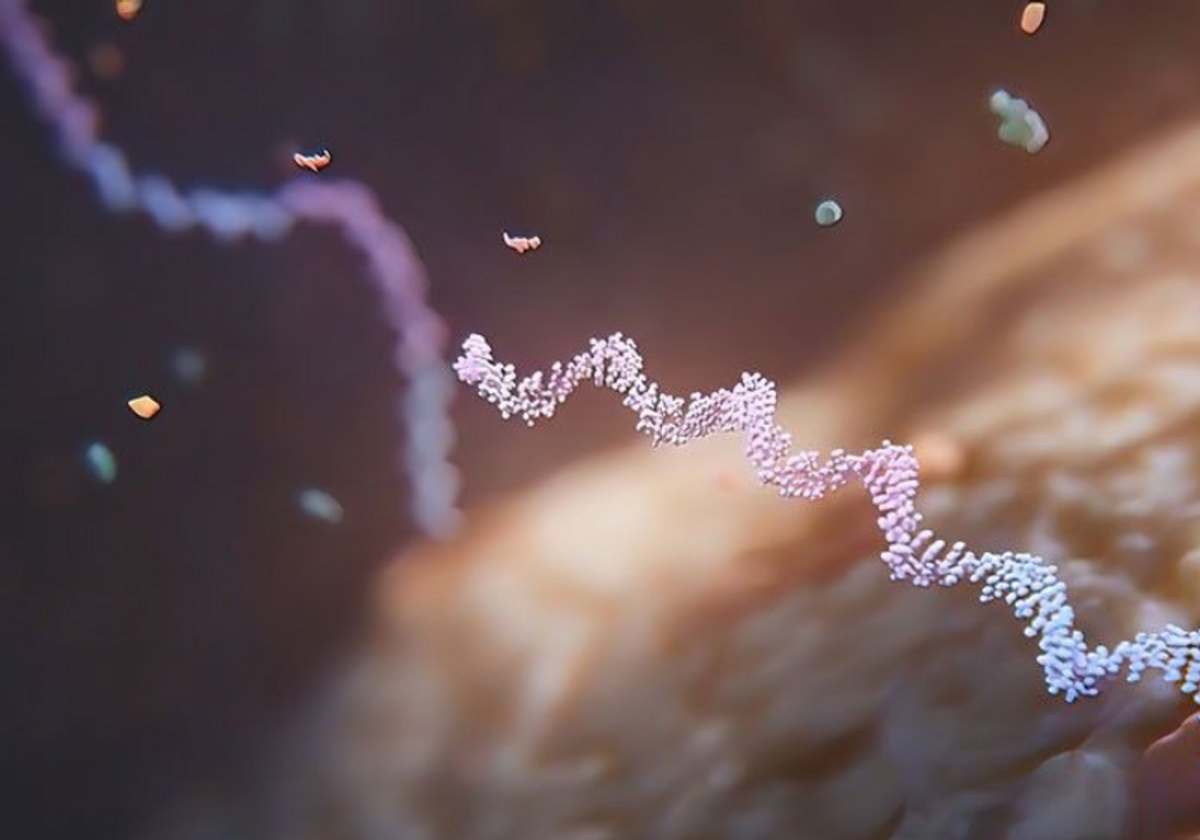
The COVID-19 pandemic forever changed how researchers approach disease prevention and treatment development as messenger RNA (mRNA) became the strongest weapon against SARS-CoV-2. Beyond COVID-19, mRNA therapeutics have the potential to treat other infectious diseases, genetic diseases, and cancer.1
Conventional disease interventions typically employ small molecule drugs, which are predominantly synthetic organic compounds that deactivate or inhibit target proteins through competitive binding. However, these drugs collectively target only 2–5 percent of the protein-coding human genome, which leaves many human diseases undruggable. mRNA therapeutics are poised to solve this problem as they can be designed to make any protein in the genome. For example, these therapies can replace a patient’s absent or dysfunctional protein through injection of mRNA that produces a functional version.2,3
Most nucleic acid-based therapies use an indirect viral vector-mediated gene delivery method to introduce a transgene of interest into tissues. However, directly inserting RNA into cells abolishes the risk of genome integration in applications such as CRISPR, antisense RNA, and mRNA vaccines.2,3
Direct delivery of nucleic acids into cells did not seem possible until a breakthrough experiment by Jon Wolff and his team at the University of Wisconsin-Madison. They injected a pure RNA expression construct directly into mouse skeletal muscle and observed reporter gene expression from the naked nucleic acid.4 This discovery showed that it was possible to deliver nucleic acids directly into cells without vectors and opened a new research avenue for RNA therapeutics.
Before they can become efficient therapies, researchers must optimize several aspects of mRNA therapeutic delivery. First, negatively-charged RNA must cross hydrophobic cytoplasmic membranes at high concentrations during transfection. Additionally, exogenous RNA must not elicit a toxic immune response once inside target cells. Recent advancements in RNA transfection reagents overcome these hurdles.
The TransIT®-mRNA Transfection Kit allows scientists to transfect large RNA and CRISPR guide RNA with high efficiency while minimizing cell toxicity. Each kit contains reagents for delivering RNA of various sizes to a diversity of cell types. The reagents are serum compatible, offering more flexibility in experimental workflows and eliminating the need for frequent media changes. By causing less cellular toxicity, researchers maintain cell density and health and reduce sample loss.
This kit is ideal for specialized applications, such as virus production, protein expression, and CRISPR genome editing. In genome editing application experiments, HEK293T/17, U2OS, and NHDF cells co-transfected with Cas9 mRNA and target gRNA using the TransIT®-mRNA Transfection Kit showed high levels of genome-editing, suggesting that the RNA transfection was successful in these cell lines.5 Further, fibroblasts transfected with the kit maintained excellent cell viability and had approximately 80 percent transfection efficiency in a typical EGFP transfection assay, whereas cells transfected with traditional transfection reagents showed only 50 percent transfection efficiency and high toxicity with a dramatic reduction in total cell density.5 Finally, the TransIT®-mRNA Transfection Kit also facilitates transfection in difficult cell types, such as dendritic cells. These promising developments in high efficiency, low toxicity mRNA delivery are altering the landscape of mRNA therapeutics in human applications.
References
- B. Bhat et al., “mRNA therapeutics: beyond vaccine applications,” Trends Mol Med, 9:923-24, 2021.
- J.C. Kaczmarek et al., “Advances in the delivery of RNA therapeutics: from concept to clinical reality,” Genome Med, 9(1):60, 2017.
- T.R. Damase et al., “The limitless future of RNA therapeutics,” Front Bioeng Biotechnol, 9:628137, 2021.
- J.A. Wolff et al., “Direct gene transfer into mouse muscle in vivo,” Science, 247(4949 Pt 1):1465-8, 1990.
- TransIT®-mRNA Transfection Kit, Mirus, https://www.mirusbio.com/products/transfection/transit-mrna-transfection-kit, accessed on June 22, 2022.

